Is Supermarket Honey Fake? Probably Not. Here’s What You Need to Know.
When it comes to honey, the supermarket shelves are teeming with options, but you might wonder, is supermarket honey fake? The truth is, while most supermarket honey is genuine, it may have gone through processes that alter its natural composition.
Understanding the intricacies of honey production and labeling can help you select the best product for your needs. In this article, we’ll explore various aspects of supermarket honey, how to identify fake honey, and the benefits of choosing raw and local honey over processed versions.
How to Spot Fake Honey at the Grocery Store
It can be daunting to try and identify fake honey amidst the plethora of jars and bottles. Here are some signs to look out for:
- Consistency: Fake honey often remains syrupy, while real honey thickens and crystallizes over time.
- Labeling: Look for words like “pure honey” without additional sweeteners or syrups listed in the ingredients.
- Price: If it’s too good to be true, it might not be real honey. Extremely low prices can be a telltale sign of adulteration.
Determining authenticity can be challenging, but these tips can give you a head start in choosing the right honey.
What Is Fake Honey and How to Spot It?
Fake honey, or adulterated honey, is often a concoction of sugars, syrups, and additives designed to mimic real honey’s taste and texture. Spotting fake honey involves a keen eye and a bit of knowledge:
- Ingredients: Authentic honey should have one ingredient – honey. Additional ingredients may indicate adulteration.
- Texture: When you pour real honey, it should form temporary layers, unlike the smooth flow of fake honey.
- Reactions: Real honey doesn’t dissolve immediately in water and doesn’t absorb blotting paper.
Remember, while these tests can indicate purity, laboratory tests are the most definitive way to determine honey’s authenticity.
What Are the Misleading Labels Surrounding Honey?
Labels like “natural” and “pure” can be misleading because they don’t guarantee that honey is unprocessed or without additives. Here’s what you need to know:
True Source Certification is a label to look for, ensuring the honey’s traceability and purity. Other terms to be wary of include “blend of EU and non-EU honeys,” which may indicate mixed origins and qualities.
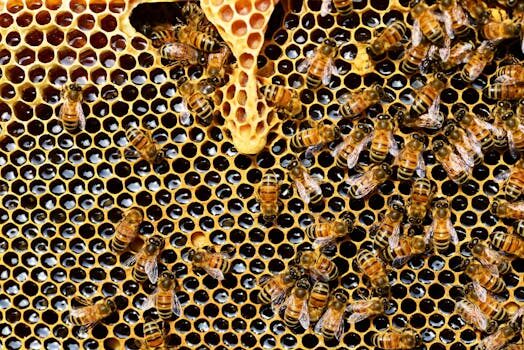
Critical thinking when reading honey labels can save you from buying a product that doesn’t meet your expectations.
Why Is Ultra-Filtered Honey Considered Fake Honey?
Ultra-filtered honey has been processed to remove impurities, including pollen, which makes it nearly impossible to trace its origin. Some argue that this processing strips honey of its natural benefits and characteristics, rendering it “fake.”
Pollen is an essential element that helps identify the source of honey and its plant origins. Without pollen, honey loses an integral part of its identity.
How to Buy Honey That Is Raw, Unfiltered, and Local?
To ensure you are purchasing genuine, high-quality honey, consider these tips:
- Source Locally: Local beekeepers are more likely to offer raw, unfiltered honey that retains its natural benefits.
- Check the Label: Look for terms like “raw” and “unfiltered,” and avoid products with additives or syrups.
- Ask Questions: Engage with sellers to learn more about their honey’s production and processing methods.
By following these steps, you can enjoy honey that’s not only delicious but also beneficial.
What Should You Know About Processed Honey?
Processed honey has been heated and filtered, which can extend its shelf life and create a smoother texture. However, this processing can also diminish its natural enzymes, antioxidants, and pollen content.
Understanding how honey is processed can influence your buying decision and help you choose a product that aligns with your preferences for nutrition and flavor.
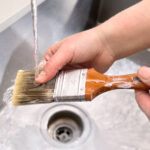 Clean paint brushes and rollers without harming the environment
Clean paint brushes and rollers without harming the environmentIs Supermarket Honey Good for You?
Most supermarket honey is safe to consume and offers various health benefits. However, raw honey benefits are more pronounced due to its higher levels of antioxidants, enzymes, and pollen.
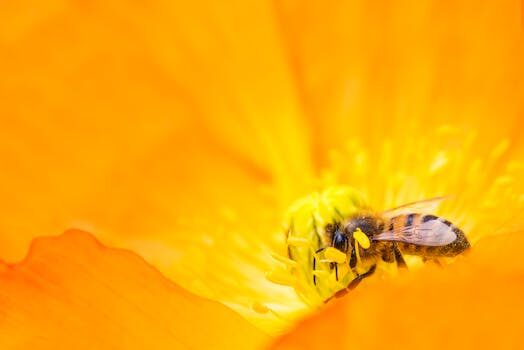
When purchasing honey from a supermarket, consider opting for brands that are transparent about their sourcing and processing practices.
Related Questions About Honey Authenticity
Is Supermarket Honey Fake?
While not all supermarket honey is fake, it’s crucial to be vigilant and understand labeling. Honey adulteration is a concern, but many products are genuine and provide health benefits.
Researching brands and looking for certifications can lead you to authentic, high-quality honey.
What Are the Signs of Fake Honey?
Signs of fake honey include a lack of crystallization, the presence of additives on the label, and an impossibly low price point. Trust your senses and make informed decisions when buying honey.
Performing simple tests at home can also help you determine if the honey is likely to be pure or adulterated.
How Can You Tell If Honey Is Pure?
Pure honey is characterized by its texture, taste, and the way it reacts to certain tests, such as not dissolving quickly in water. True Source Certification is also a reliable indicator of purity.
However, the most accurate way to confirm purity is through laboratory analysis.
What Should I Look for on Honey Labels?
Look for labels that indicate raw or unfiltered honey, with no added ingredients. Transparency in labeling is a sign of a trustworthy product.
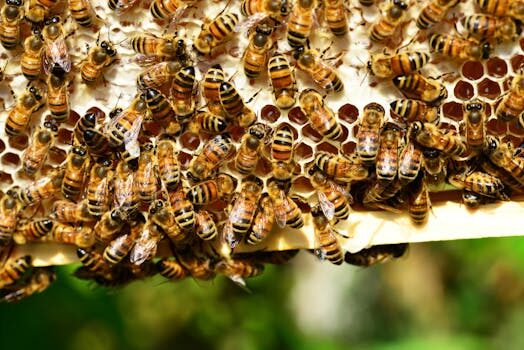
Certifications like “True Source Certified” can also assure you of the honey’s authenticity.
Are There Health Risks With Fake Honey?
Adulterated honey, which may contain sugars or syrups, can pose health risks, especially for those with sugar sensitivities or those seeking the health benefits associated with raw honey.
Always choose honey that is as close to its natural state as possible to avoid potential risks.
As we delve into the fascinating world of honey and how it’s presented in supermarkets, this informative video offers a visual insight into what goes on behind the scenes.
In conclusion, while concerns about honey contaminants and food fraud are valid, there are many genuine honey options available. By being informed and vigilant, you can select a high-quality honey that provides the natural sweetness and health benefits you’re looking for.
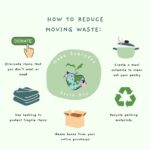 Easy ways to limit your exposure to BPA (HINT: it’s not just about water bottles)
Easy ways to limit your exposure to BPA (HINT: it’s not just about water bottles)
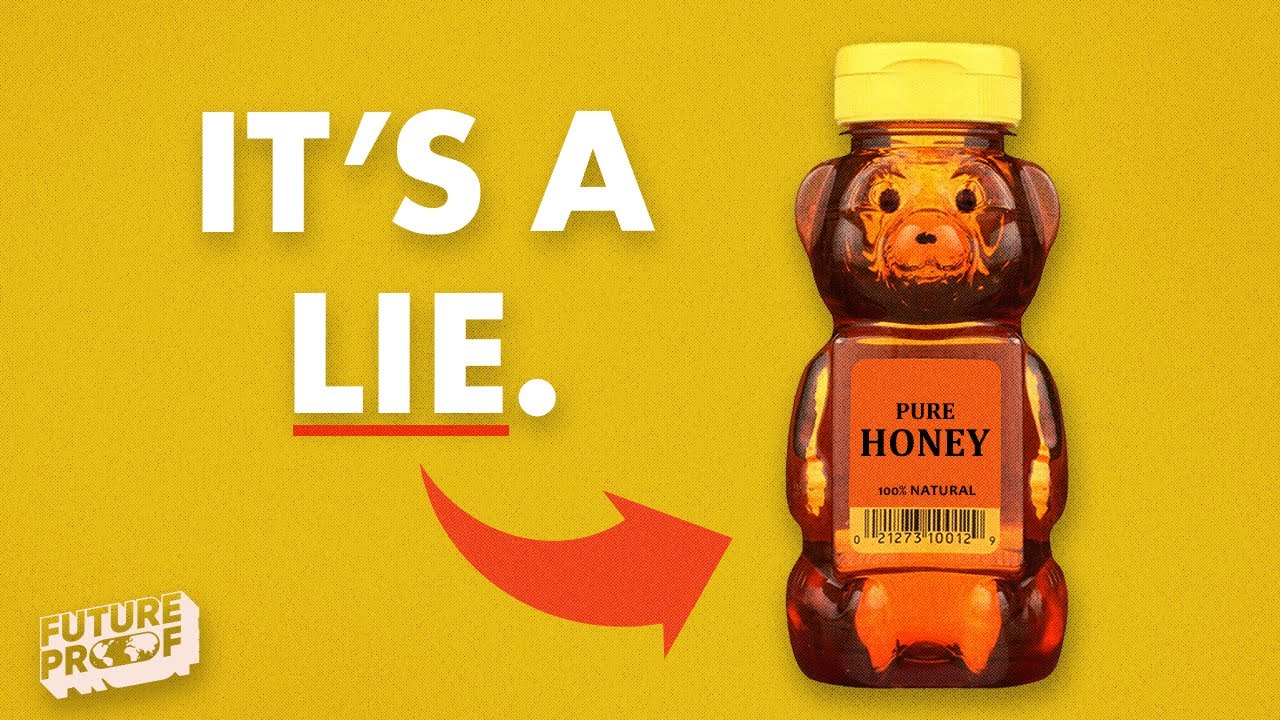
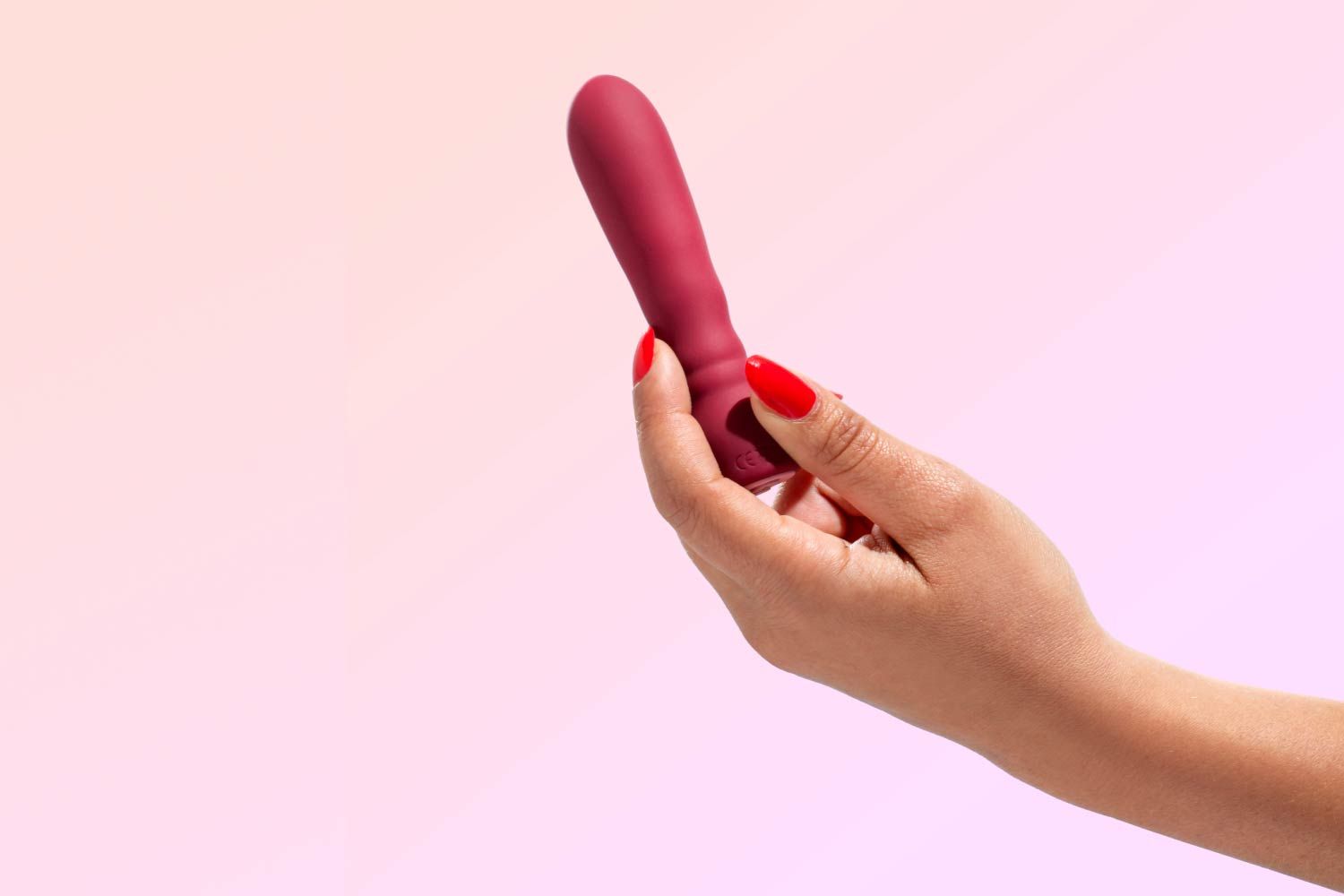

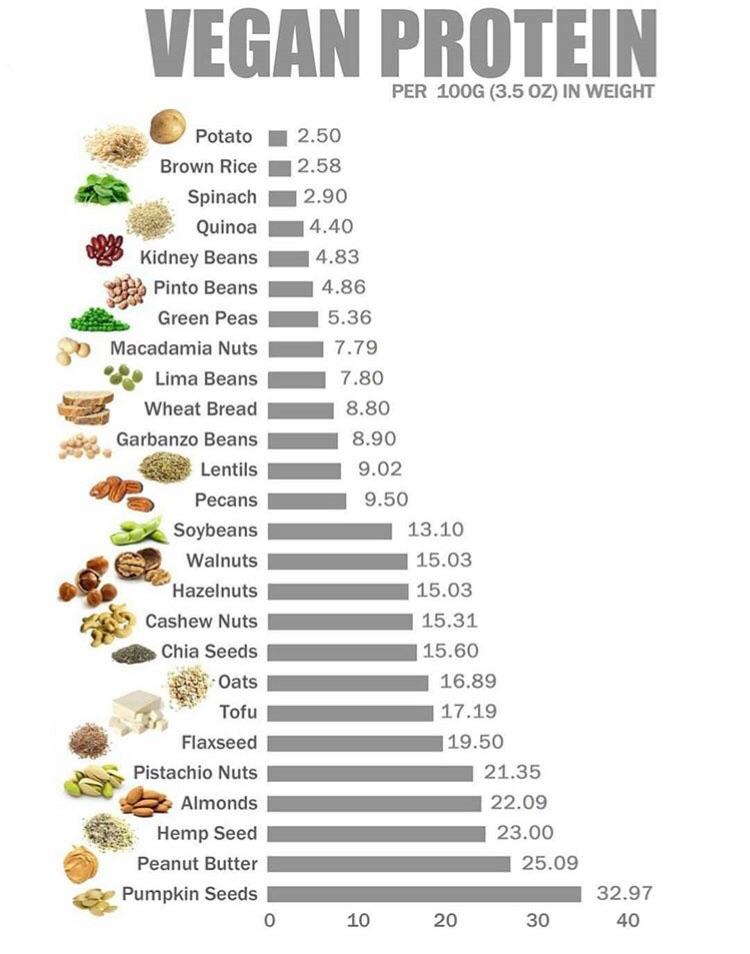
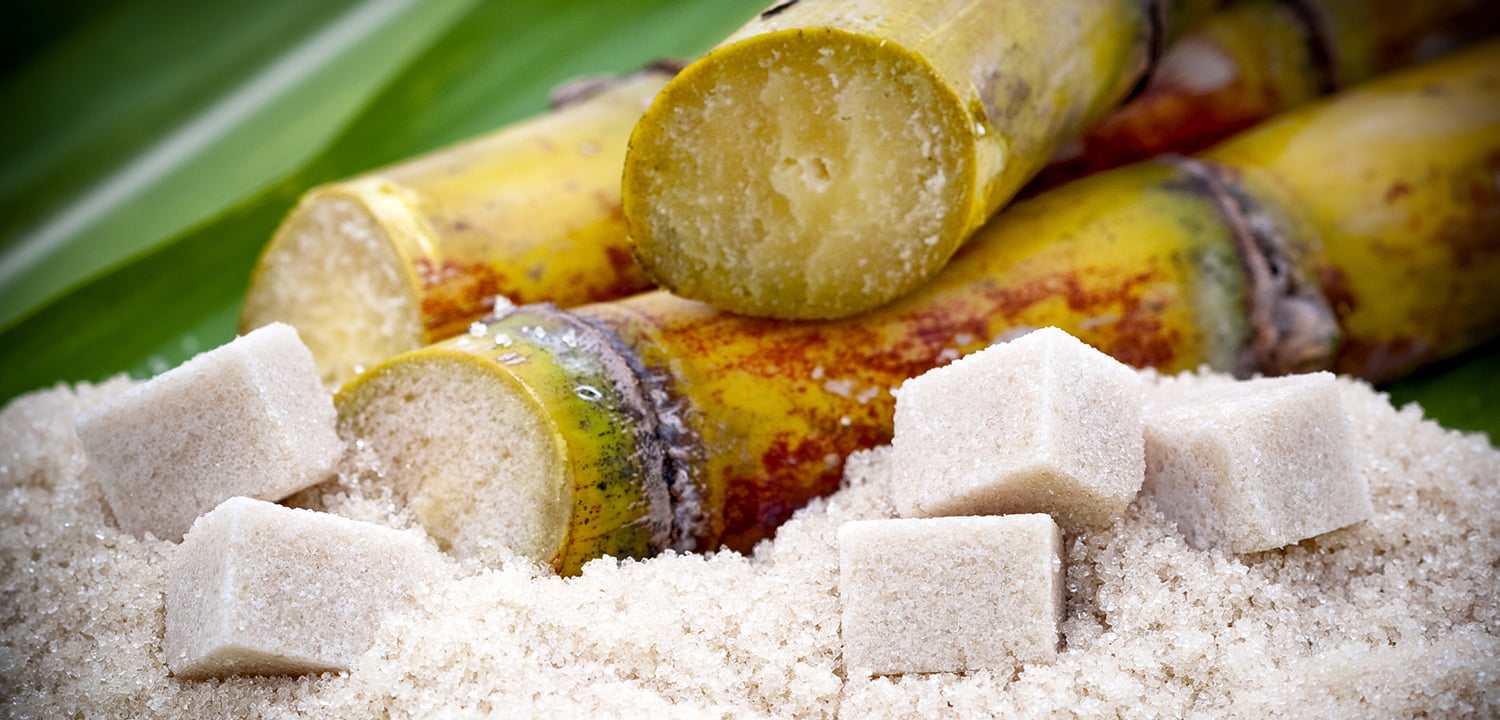
This post really opened my eyes to how much there is to know about honey! I never realized how important it is to understand the labels and what to look out for. Thanks for breaking down the differences between supermarket and raw honey. I’m definitely going to pay more attention next time I’m shopping and maybe even try to find some local options!